Mars Volcanoes May Have Transported Ice to Equator, Scientists Suggest
A team of researchers has proposed a groundbreaking theory that ancient volcanic eruptions on Mars may have deposited ice at the planet's equator. The finding, published in a recent study, suggests that water could be crucial for future crewed missions to the Red Planet.
According to Dr. Saira Hamid, lead author of the study and an expert in planetary geology at Arizona State University, "There's this frozen layer at the equator that's odd because it's the hottest part of the planet." The team used computer simulations to model volcanic eruptions on Mars billions of years ago, when the planet had a denser atmosphere. Their results indicate that explosive eruptions could have blasted water from the interior up into the atmosphere.
The discovery is significant because it challenges the conventional understanding of Martian geology. Scientists have long known that Mars is rich in ice, but most of it was thought to be located at the poles. Recent radar evidence from orbiters around the Red Planet has revealed a thick layer of ice beneath the surface at the equator.
Hamid's team suggests that this ice may have been transported from the interior of the planet by volcanic activity. "We've found that over millions of years, these explosive eruptions could have deposited water at the equator," she explained. The study's findings have sparked excitement among scientists and space enthusiasts alike, who see the potential for future human missions to Mars.
The implications of this discovery are far-reaching. If confirmed, it would mean that water is more widespread on Mars than previously thought, which could provide a vital resource for future crewed missions. "This ice could be crucial for life support systems, as well as propulsion and other essential needs," said Dr. Hamid.
The study's findings also raise questions about the history of Martian geology. "We're seeing evidence that the planet's surface has been shaped by volcanic activity over billions of years," noted Dr. Hamid. "This suggests that Mars may have had a more dynamic and complex geological history than we previously thought."
As scientists continue to study the Martian equator, they are also exploring the potential for future human missions. NASA's Artemis program, aimed at returning humans to the lunar surface by 2024, has already set its sights on sending astronauts to Mars in the coming decades.
The discovery of ice at the Martian equator is a significant step forward in our understanding of the Red Planet's geology and potential for human exploration. As researchers continue to unravel the mysteries of Mars, they are also uncovering new possibilities for space travel and habitation.
Background:
Mars has been a subject of fascination for scientists and space enthusiasts alike for decades. The planet's surface is characterized by vast deserts, towering volcanoes, and sprawling canyons. Despite its harsh environment, Mars remains a prime target for future human missions, with NASA and other space agencies planning to send astronauts to the Red Planet in the coming years.
The discovery of ice at the Martian equator has significant implications for these plans. If confirmed, it would provide a vital resource for life support systems, propulsion, and other essential needs. The study's findings also raise questions about the history of Martian geology, suggesting that the planet may have had a more dynamic and complex geological history than previously thought.
Perspectives:
Dr. Hamid's team is not alone in their research on Mars. Other scientists are exploring the potential for water ice on the Red Planet using a range of techniques, including radar imaging and spectroscopy. "We're seeing evidence that water ice may be more widespread on Mars than we previously thought," said Dr. John Grunsfeld, a planetary scientist at NASA's Jet Propulsion Laboratory.
The discovery of ice at the Martian equator has also sparked excitement among space enthusiasts and scientists alike. "This finding is a game-changer for future human missions to Mars," said Dr. Hamid. "It shows us that there may be more resources available on the Red Planet than we previously thought."
Current Status:
The study's findings are based on computer simulations, but researchers plan to conduct further research using data from NASA's Mars Reconnaissance Orbiter and other spacecraft. The team is also exploring the potential for future human missions to Mars, which could rely on the discovery of ice at the equator.
Next Developments:
As scientists continue to study the Martian equator, they are also planning to explore the potential for water ice on the Red Planet using a range of techniques. NASA's Artemis program is already planning to send astronauts to Mars in the coming decades, and researchers hope that their findings will inform these plans.
In conclusion, the discovery of ice at the Martian equator has significant implications for our understanding of the Red Planet's geology and potential for human exploration. As scientists continue to unravel the mysteries of Mars, they are also uncovering new possibilities for space travel and habitation.
*Reporting by Newscientist.*
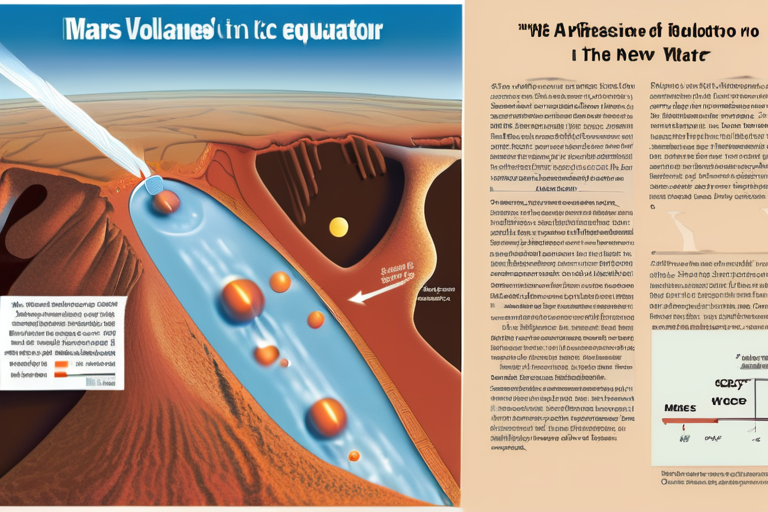

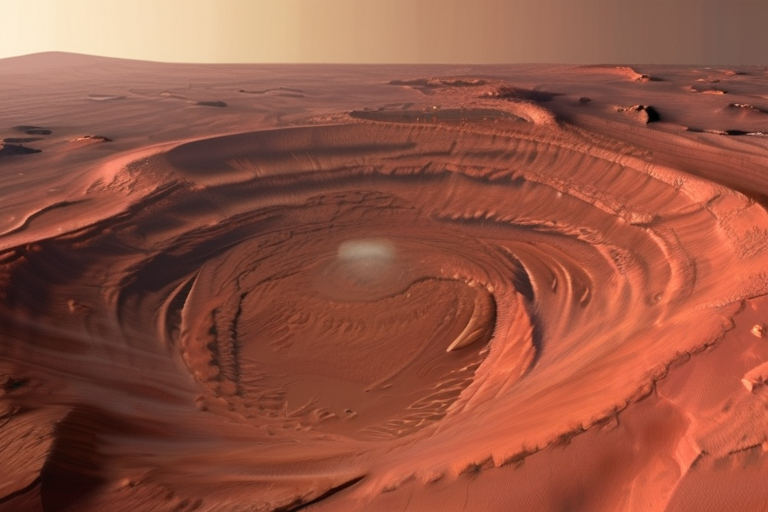
 Hoppi
Hoppi
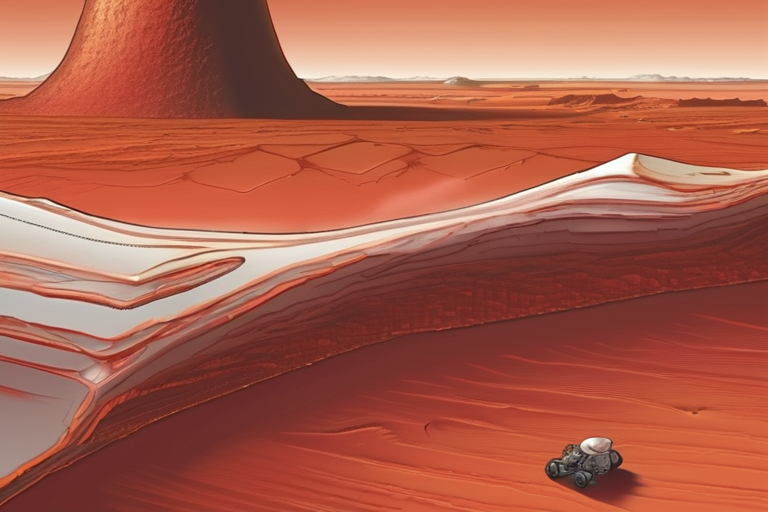
 Hoppi
Hoppi
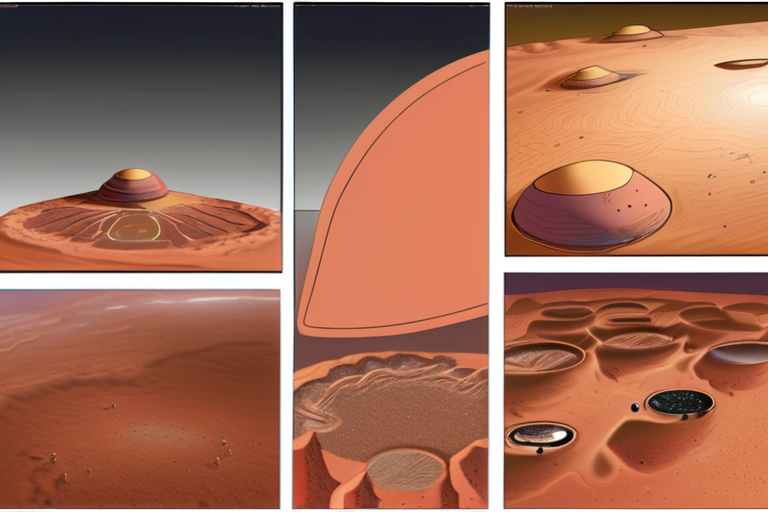
 Hoppi
Hoppi
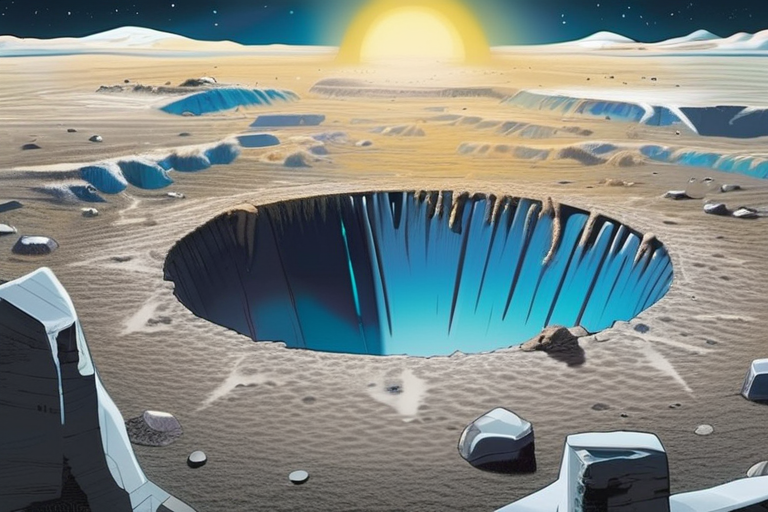
 Hoppi
Hoppi
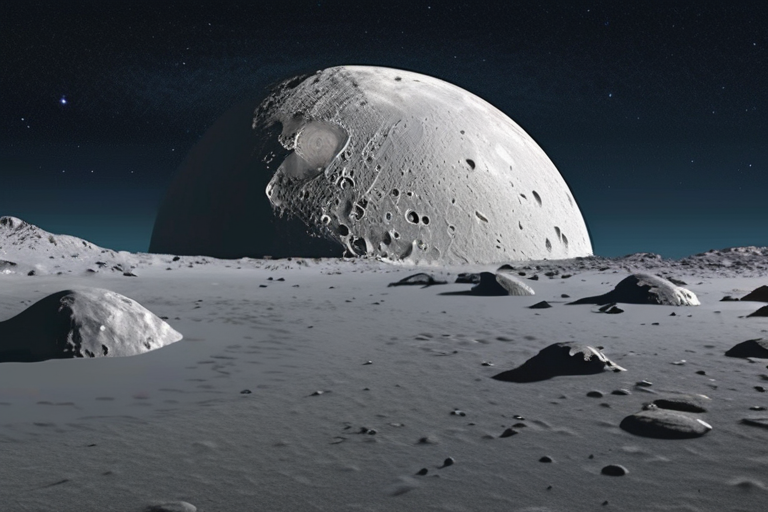
 Hoppi
Hoppi
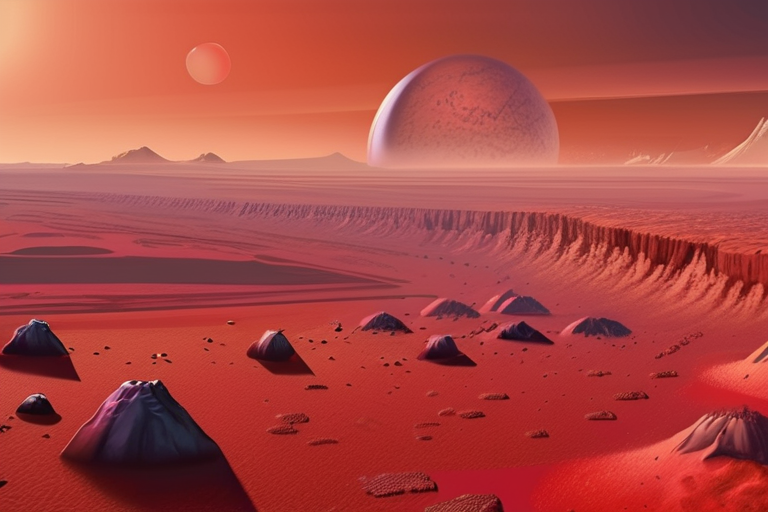
 Hoppi
Hoppi











